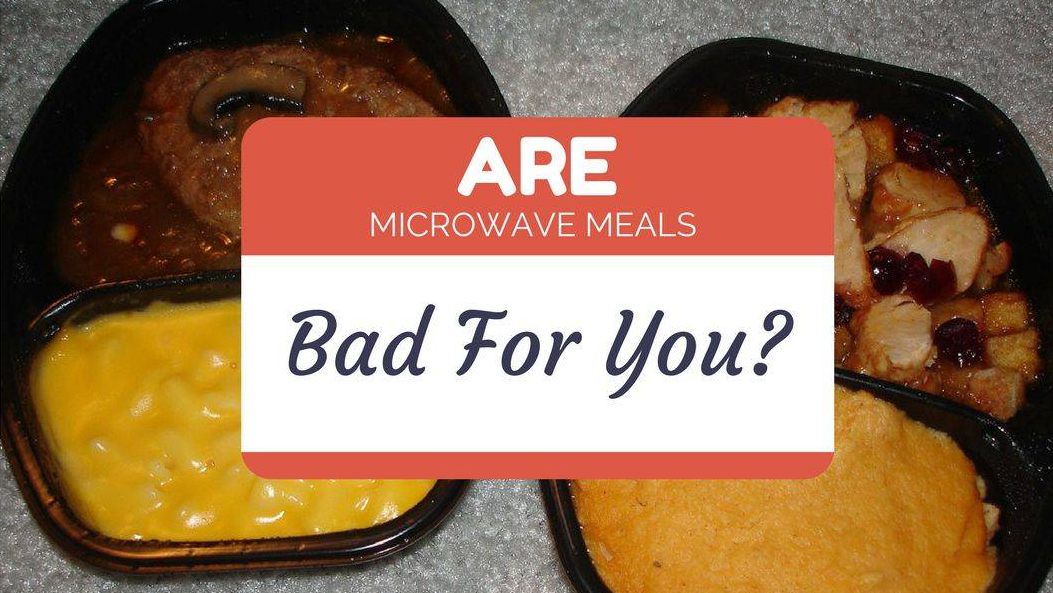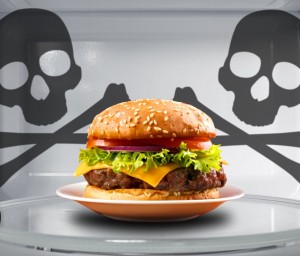
We’ve all heard about how microwaving food destroys its nutritional value, changes its molecular structure, causes cancer and the list goes on….
If you believe all these, then the microwave oven in your kitchen must be a horrifying sight for you.
Although there is no study to support the dangers of microwave cooking, the internet is awash with articles “Say No to Microwave.”
But wait!! How true are these?
If you know how to use it, cooking in the microwave can be one of the best ways to retain vitamins and minerals.
How microwave works?
Microwaves and the radiation from microwave ovens are non-ionizing. A microwave uses radio waves at a specifically set frequency to agitate water molecules in food. When these water molecules get increasingly agitated, they begin to vibrate at the atomic level and generate heat. This heat is what cooks food in the oven. Hence heating food in microwave cannot chemically change cells or its molecular structure.
Does the microwave kill nutrients?
Different processes including heating and cooling – leads to changes in the nutritional profile of the food. The best cooking method to retain nutrients is one that cooks quickly, exposes food to heat for the minimum amount of time and uses only a minimal amount of liquid.
If you use the microwave with a small amount of water for steaming the food, you can retain more vitamins and minerals than with almost any other cooking method.
For example: Boiling spinach on stove destroys up to 70% of the folic acid, however, if you microwave it with just a little water you will nearly retain all nutrients.
If nutrients are lost from foods cooked in microwaves, this would be because the too high temperature was used, or they were cooked for too long which is same incase of any other cooking methods.
Things to remember while using Microwave Oven
- If you’re concerned about plastic wraps or containers in the microwave, transfer food to glass or ceramic containers labelled
 for use in microwave ovens.
for use in microwave ovens. - Use the right kind of plastic (one that says “microwave safe”) for cooking. If you use the wrong kind of plastic, then the unhealthy chemicals from the plastic container could seep into your food.
- Plastic wrap may melt when in touch with food during microwaving; make sure you take it out before heating your food.
- Most takeout containers such as water bottles, bowl, and plastic tubs or jars are not microwave-safe.
- Microwavable takeout dinner trays are formulated for one-time use only and will say so on the package.
- Old, scratched, or cracked containers, or those that have been microwaved many times, may leach out more plasticizers.
For booking, appointment call us today!!!
If you have further questions then please contact us on.




